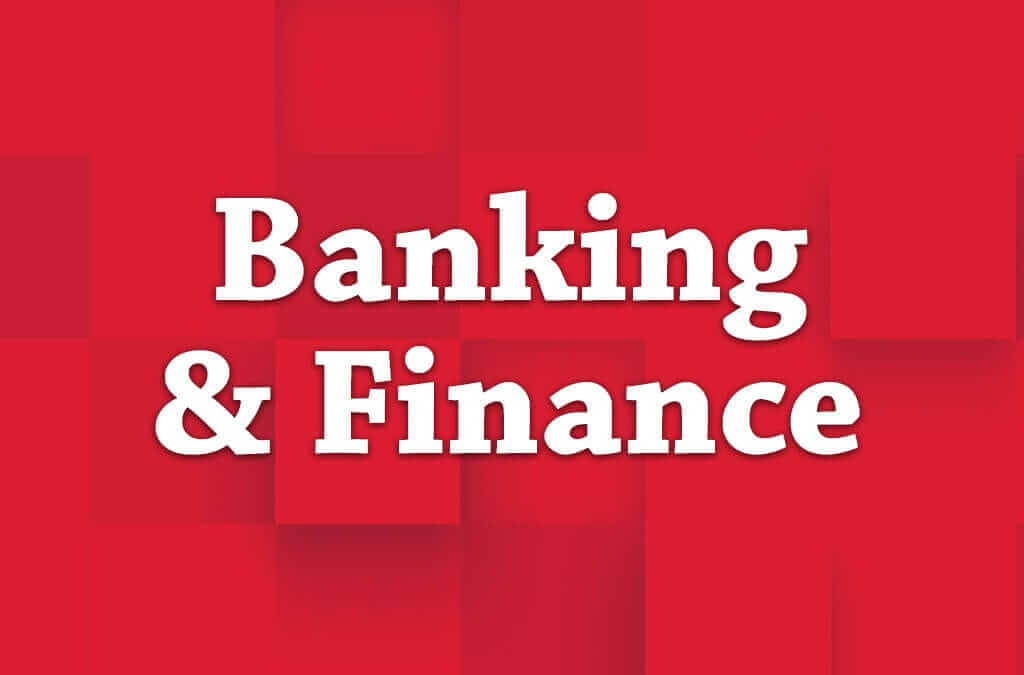Long gone are the days of setting aside time in your day to head to your local branch to deposit a check, pay a bill, or transfer money to another account. With digital banking, you can access and control all of your accounts online or from your mobile device 24/7. Let’s take a deeper look at the four benefits of digital banking for consumers.
Instant Access to Your Accounts
Instead of heading to your local branch during business hours for all of your banking needs, create a personal online banking username and password to instantly access and control all of your accounts. You can use your online banking account information to log in on your personal computer, mobile device, or mobile banking app to:
- View your balances, transactions, and statements
- Pay your credit card bills via Bill Pay
- Go paperless with Bill Pay and eStatements
- Transfer funds between your accounts or to outside accounts
- Set banking alerts or limits
- Apply for loans
User-Friendly Mobile Banking Apps
Most banks have a mobile banking app that you can use to quickly access your accounts while on the go. These apps feature user-friendly designs, often making them even easier to use than online banking websites. Mobile banking apps include all of the same features as online banking sites, and they also provide an additional major perk: you can also deposit checks from your mobile device.
When depositing a check with your mobile device, simply follow the instructions on the screen. Your bank will indicate how much you can deposit in one day, and it will ask you how quickly you want your funds to be deposited. You may be able to request instant access to your funds for an additional fee. Mobile deposits are a great, convenient alternative to heading to the bank or an ATM.
More Secure Banking
Banking sites and mobile apps have strong security practices in place to ensure your personal information stays safe. For example, if you have an insecure internet connection, your bank should block you from being able to access their website. Your bank will also heavily encrypt all of your data to keep it safe. Additionally, many banks require two-factor authentication and security questions as an extra level of protection.
You can further improve your online banking security by brushing up on the best practices for online banking security. Some of these practices include:
- Learning how to spot email scams, phone scams, and fake websites
- Creating strong usernames and passwords
- Signing up for specific account alerts, such as alerts for cash withdrawals
More Banking and Payment Options
In order to transfer funds to friends or family, you’ll need to use a service like Zelle® or PayPal®. All you usually need to know to send money is the other person’s phone number or email address — no need to keep track of their routing or account numbers.
Zelle® is backed by most U.S. banks, so you should see an option to send money with Zelle whenever you log in to your online banking account. However, it should be noted that you will need to officially enroll with Zelle to use it, and there are limits to how much money you can send.
Another option is to create a PayPal® account. You can link your debit or credit card to quickly send and receive money from anywhere in the world. Although online banking is very secure on its own, PayPal can offer you an extra level of security and fraud protection. Whenever you receive money in your PayPal account, you can transfer your balance to your bank for free or else instantly transfer it for a small fee.
Get Started with Digital Banking
It’s time to make your life easier. Digital banking is the future of banking — and it’s happening right now. No matter your banking needs, we’re happy to help you understand and use all of our online and mobile banking products.


